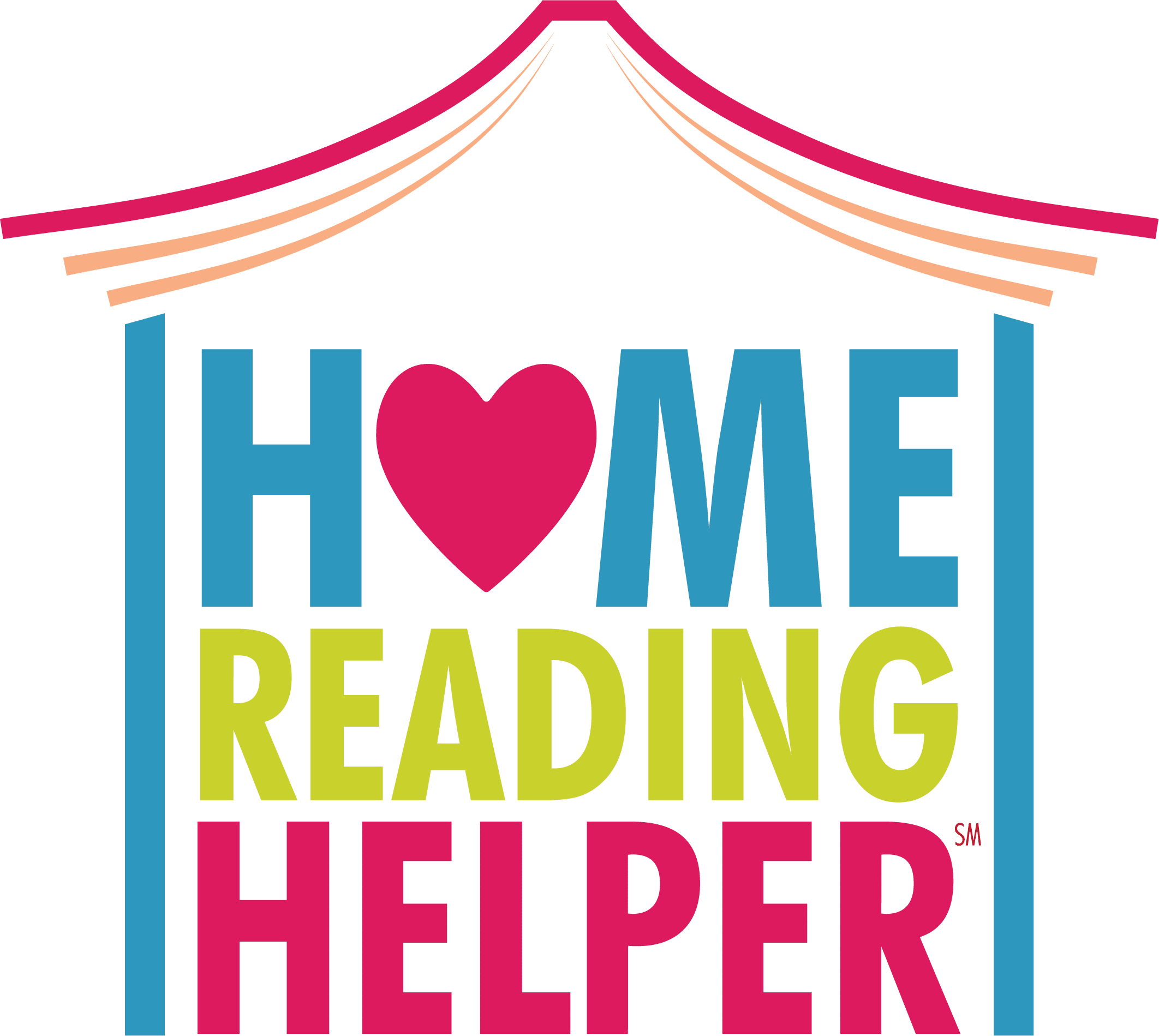These free Pre-K reading activities can help your child get an early start on reading!
Print Awareness
- Get your child a library card! Have them pick out books from the children’s section that they’d like you to read to them at home.
- Sign up to receive free books to read!
Dolly Parton’s Imagination Library is a book gifting program that mails free, high-quality books to children from birth until they begin school, no matter their family’s income.
Phonemic Awareness
Kids need to be directly taught what makes a “rhyme”, so point out that the ending sound of a word, such as “hat” will match the ending sound of another word, such as “pat”. Then practice it by doing something fun, like singing a nursery rhyme together with hand motions. Try:
Humpty Dumpty sat on a wall.
Humpty Dumpty had a great fall.
All the king’s horses and all the king’s men
Couldn’t put Humpty together again.
For Humpty Dumpty hand motions, hold your arm in front of you like a wall, use your other hand to make a fist and put it on top of the wall. Roll your arms like they’re tumbling down, then pretend to ride a horse, then wag your finger back and forth at the end of the song.
Letter Knowledge
- Remember to sing the alphabet song everyday as you get your child dressed!
- Letters: a, m, t
Letter activities
- A, a is for ant
- Read:
- Hey little Ant by Philip Hoose
- 10 Apples Up On Top by Dr. Seuss
- Make ants on a log (celery sticks, peanut butter, and raisins for ants)
- Make a capital letter A out of celery sticks (or popsicle sticks)
- M, m is for mouse
- Read: Mouse Paint by Ellen Walsh
- Paint letter Ms.
- M is for Magnet: Use a magnet and household objects to identify what is and is not magnetic.
- T, t is for turtle
- Read: One Tiny Turtle by Nicola Davies
- How many ways can you make letter T in your house: what materials can you use to make letter T? (ideas: popsicle sticks, sticks, your bodies, trains) How do we make a capital and lowercase T? Can you use the same materials to make a capital and lowercase T?
- Read:
Writing
Have your child practice writing their first name. It’s okay for them to start by writing in all capital letters. First, write their name clearly and point out each letter as you write it. “This is the letter E, I write a big line down, then three small lines across.” Ask your child to say the letters back to you. Let them trace the name with a crayon after you finish. Then give them their own blank paper, see if they’d like to try writing the letters of their name. Don’t push them and praise any effort they make to write.



